Nature reports
Publisher: Radboud University
Page 1 of 1 - 5 Results
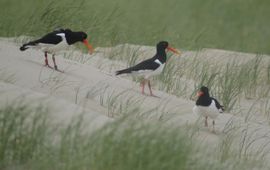
Tens of thousands of animals around the world are monitored using GPS trackers to protect wildlife and study animal behaviour. The collected data are also useful for biodiversity research, but are seldom available on platforms..
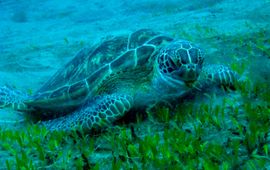
A recent study worked to quantify seagrass’ ability to minimize erosion in shallow water of Lac Bay, Bonaire. It also examined how intensive grazing can drastically affect seagrass’ ability to stabilize sediment. This research..
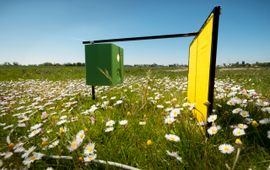
In the global effort to reduce biodiversity loss, monitoring the spread and abundance of insect species is a key element. Automated camera traps for insects are widely used to monitor insects, however counting and identifying of..
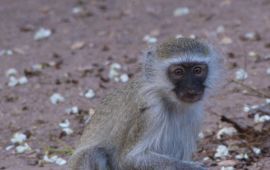
Hunting is a major threat to wildlife particularly in tropical regions, but a systematic large-scale estimate of hunting-induced declines of animal numbers was lacking so far. An international team of ecologists and environmental..
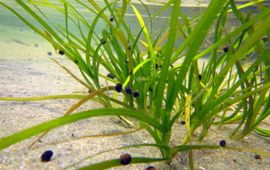
Dutch biologists have discovered that seagrass seed is killed by waterborne fungi that are related to the well-known potato blight. These fungi, which have not previously been found in seawater, hinder seed germination and thus..
